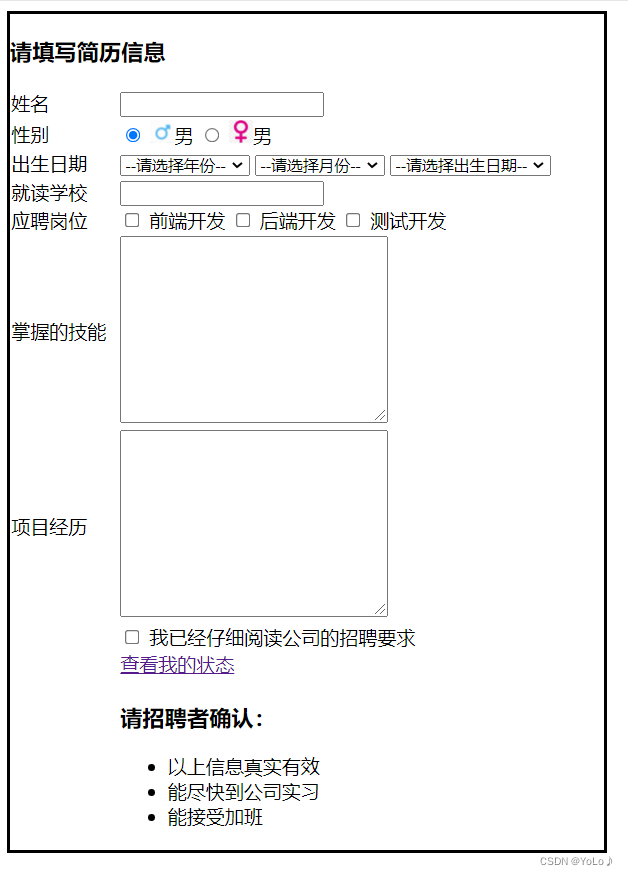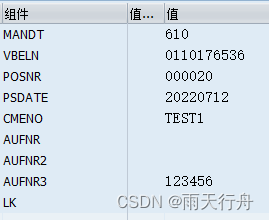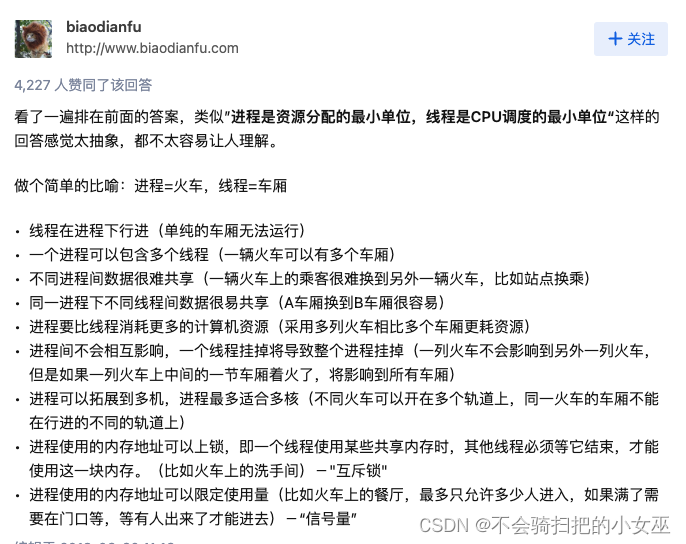1. 案例建模
我们对cutting stock问题进行建模。rolls的尺寸为W,每个型号的需求量和尺寸分别为d和w,如下:
struct Piece
w::Float64
d::Int
end
struct Data
pieces::Vector{Piece}
W::Float64
end
function Base.show(io::IO, d::Data)
println(io, "Data for the cutting stock problem:")
println(io, " W = $(d.W)")
println(io, "with pieces:")
println(io, " i w_i d_i")
println(io, " ------------")
for (i, p) in enumerate(d.pieces)
println(io, lpad(i, 4), " ", lpad(p.w, 5), " ", lpad(p.d, 3))
end
return
end
function get_data()
data = [
75.0 38
75.0 44
75.0 30
75.0 41
75.0 36
53.8 33
53.0 36
51.0 41
50.2 35
32.2 37
30.8 44
29.8 49
20.1 37
16.2 36
14.5 42
11.0 33
8.6 47
8.2 35
6.6 49
5.1 42
]
return Data([Piece(data[i, 1], data[i, 2]) for i in axes(data, 1)], 100.0)
end
data = get_data()
模型为:

建模入下:
I = length(data.pieces)
J = 1000 # Some large number
model = Model(GLPK.Optimizer)
@variable(model, x[1:I, 1:J] >= 0, Int)
@variable(model, y[1:J], Bin)
@constraint(
model,
[j in 1:J],
sum(data.pieces[i].w * x[i, j] for i in 1:I) <= data.W * y[j],
)
@constraint(model, [i in 1:I], sum(x[i, j] for j in 1:J) >= data.pieces[i].d)
@objective(model, Min, sum(y[j] for j in 1:J))
model
2. 转为列生成
2.1 另一种建模方式
枚举每一roll可能的切割方式𝑝=1,…,𝑃,称为 cutting patterns。
𝑎
𝑖
,
𝑝
𝑎_{𝑖,𝑝}
ai,p指的是有多少个piece i在cutting pattern p中,则模型为:

最开始我们只列出少数几种pattern,然后通过一定的方式生成更多的pattern不断求解。初始的pattern可以简单设置,比如每个pattern中只有一个型号:
patterns = Vector{Int}[]
for i in 1:I
pattern = zeros(Int, I)
pattern[i] = floor(Int, min(data.W / data.pieces[i].w, data.pieces[i].d))
push!(patterns, pattern)
end
P = length(patterns)
model = Model(GLPK.Optimizer)
set_silent(model)
@variable(model, x[1:P] >= 0)
@objective(model, Min, sum(x))
@constraint(model, demand[i = 1:I], patterns[i]' * x == data.pieces[i].d)
model
2.2 生成新column的子问题
子问题称为pricing problem,令
y
i
y_i
yi为新的column中第i个型号的数量,则必须满足总尺寸<=W
主问题的对偶解可以理解为:第i个piece每一个单位的需求对应的rolls数目。
那么子问题中的column满足原先
y
i
y_i
yi个需求,总共会节省的rolls数目,将其最大化:

如果这个目标函数>1,那么这就是个省钱的交易。
function solve_pricing(data::Data, π::Vector{Float64})
I = length(π)
model = Model(GLPK.Optimizer)
set_silent(model)
@variable(model, y[1:I] >= 0, Int)
@constraint(model, sum(data.pieces[i].w * y[i] for i in 1:I) <= data.W)
@objective(model, Max, sum(π[i] * y[i] for i in 1:I))
optimize!(model)
if objective_value(model) > 1
return round.(Int, value.(y))
end
return nothing
end
2.3 求解过程
while true
# Solve the linear relaxation
optimize!(model)
# Obtain a new dual vector
π = dual.(demand)
# Solve the pricing problem
new_pattern = solve_pricing(data, π)
# Stop iterating if there is no new pattern
if new_pattern === nothing
break
end
push!(patterns, new_pattern)
# Create a new column
push!(x, @variable(model, lower_bound = 0))
# Update the objective coefficients
set_objective_coefficient(model, x[end], 1.0)
# Update the non-zeros in the coefficient matrix
for i in 1:I
if new_pattern[i] > 0
set_normalized_coefficient(demand[i], x[end], new_pattern[i])
end
end
end
patterns数组用来存储每次新添加的组合方式。将结果打印出来:
set_integer.(x)
optimize!(model)
for p in 1:length(x)
v = round(Int, value(x[p]))
if v > 0
println(lpad(v, 2), " roll(s) of pattern $p, each roll of which makes:")
for i in 1:I
if patterns[p][i] > 0
println(" ", patterns[p][i], " unit(s) of piece $i")
end
end
end
end
total_rolls = sum(ceil.(Int, value.(x)))


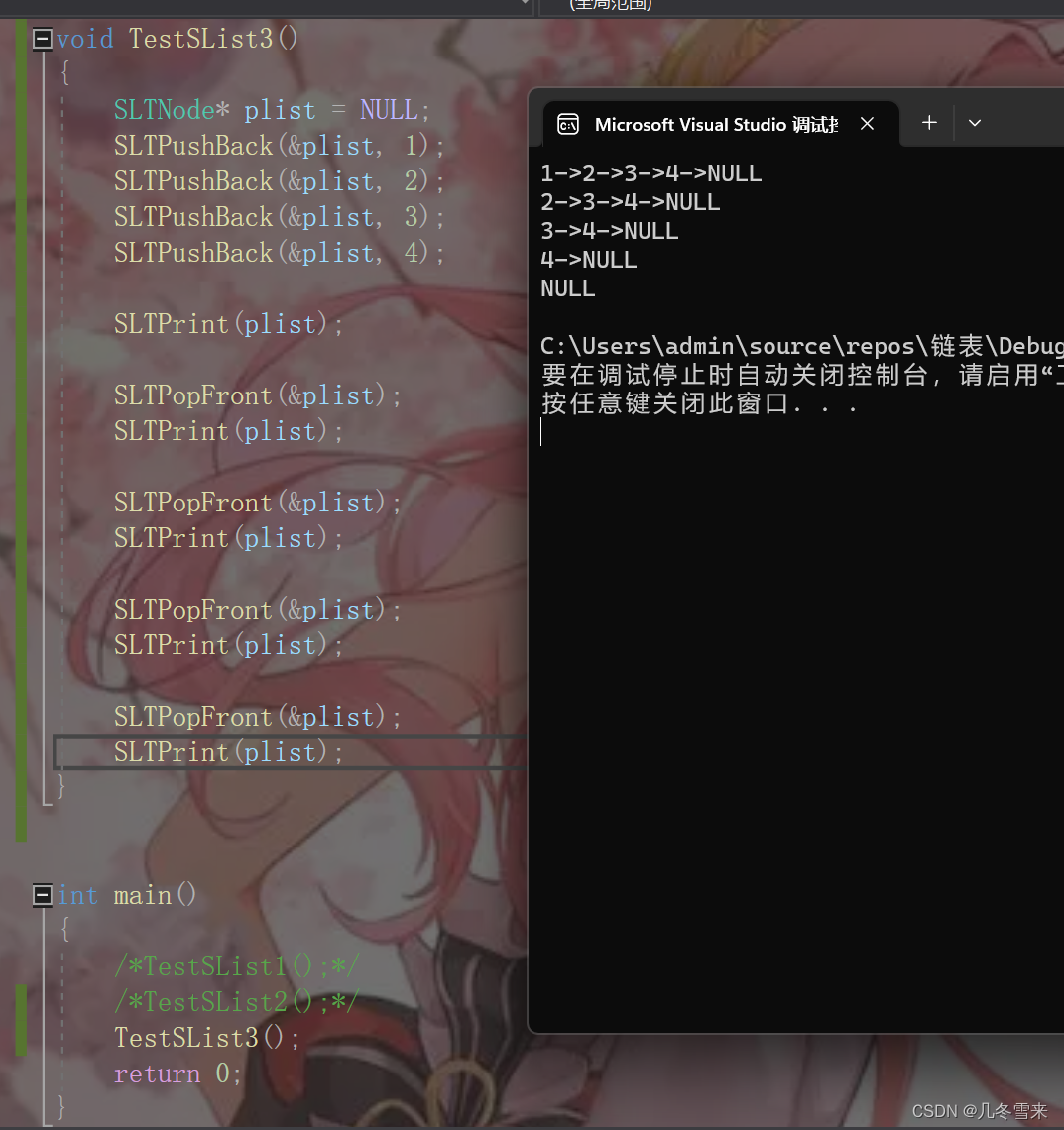
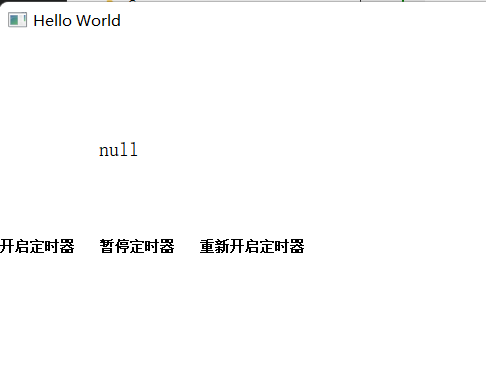
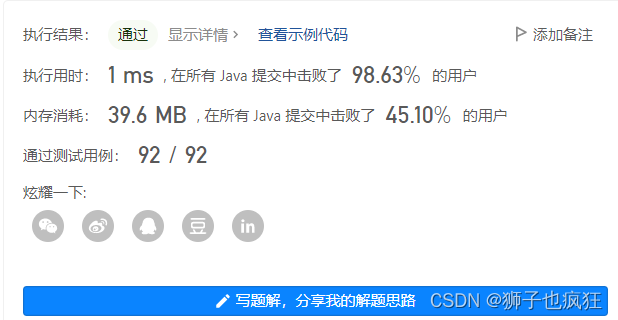


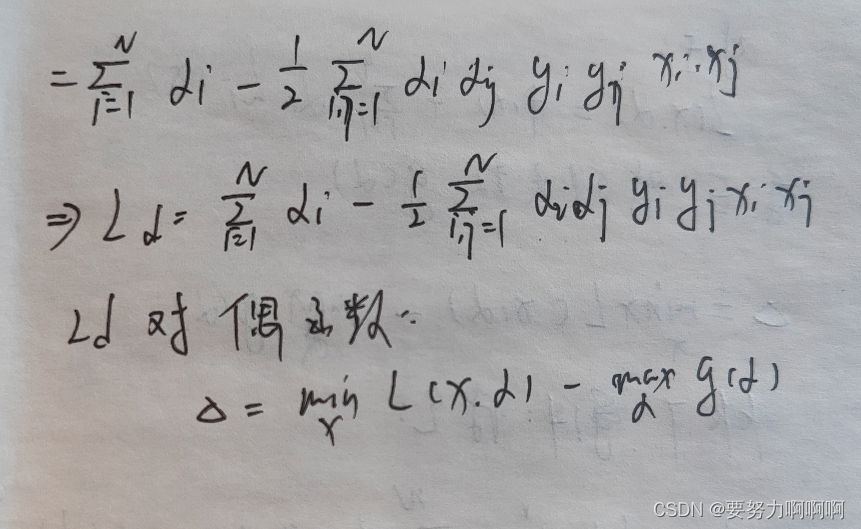



![[Java代码审计]—MCMS](https://img-blog.csdnimg.cn/10fbe3c76944459989f39e7c5487bddb.png#pic_center)



